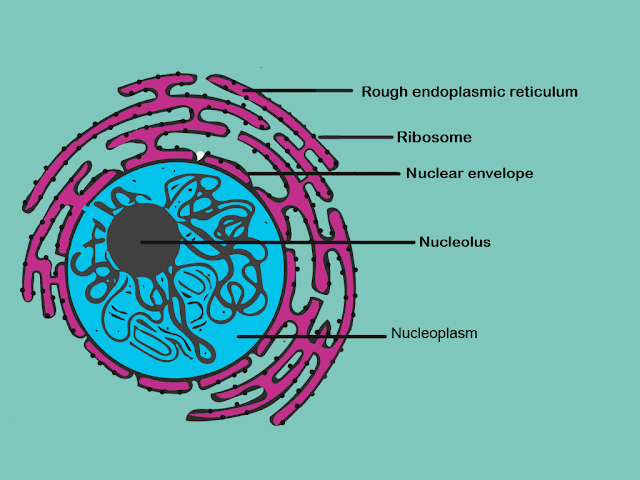We
all like to live in a beautiful world. Plants contribute to make this world
more beautiful. An enormous amount of plants is found in the world in many
varieties. These plants have different colors, shapes etc.
Most of the plants
in the world are green. Also, there are other colors. The cell is the smallest
living entity inside every living organism. So, these plants are made up of
cells. They are called plant cells. The factor determining the color of the
plants is in the plant cells. The green color of the leaves is determined by
the chloroplast organelles of the plant cells.
Also,
food production is mainly done by plants. The plant uses complex processes
called photosynthesis to manufacture foods. Plant uses sunlight, water and
carbon dioxide for this purpose. The pigments and enzymes in the chloroplast of
the plant cells contribute to this.
The
chloroplasts of the plant's cell is found in the cytoplasm. The amount of the cytoplasm
varies in cell to cell. They are about 3 µm - 10 µm in diameter. Also, in light
microscopes it is possible to see chloroplasts. But the electron microscope is
used to study the structure of chloroplasts.
Structure of the chloroplast
Here
describe, the structure of the chloroplast observed with an electron
microscope. We have given a diagram of a chloroplasts. It accurately depicts
the structure of the chloroplast.
Like mitochondria, it also has two membranes,
which are inner and outer membranes. This forms the chloroplast envelope. They
always contain the green pigments chlorophyll, enzymes, electron carriers and
other photosynthetic pigments. Those are located on a system of membranes. The
system runs through a ground substance, or stroma. It consists set of flat,
fluid filled, disc-liked sacs called thylakoids where the photosynthesis takes
place. These thylakoids are arranged on top of one another, forming stacks
called grana. They are interconnected by the membranes called lamellae.
The
stroma is gel-like, containing soluble enzymes, sugar and organic acids.
Sometimes excess carbohydrate is seen stored as grains of starch. Also, lipid
droplets are seen in chloroplasts. Chloroplasts also contain DNA, RNA, 70s
ribosomes.
What are the functions of the chloroplast?
We have mentioned lot of
details about chloroplasts in the above of this article. It has many functions
and in here we summarize the functions of chloroplasts. The main function of
chloroplasts is to conduct photosynthesis. Photosynthesis is a biological
process that captures light energy and transforms it into chemical energy as
ATP and NADPH in the form of organic molecules such as carbohydrates, which
is produced by carbon
dioxide and water.
Chloroplasts have some other functions which are fatty acids
synthesis and amino acid synthesis. They have another interesting feature which
is protein synthesizing machinery. Also, they contribute immune
response in plants.








